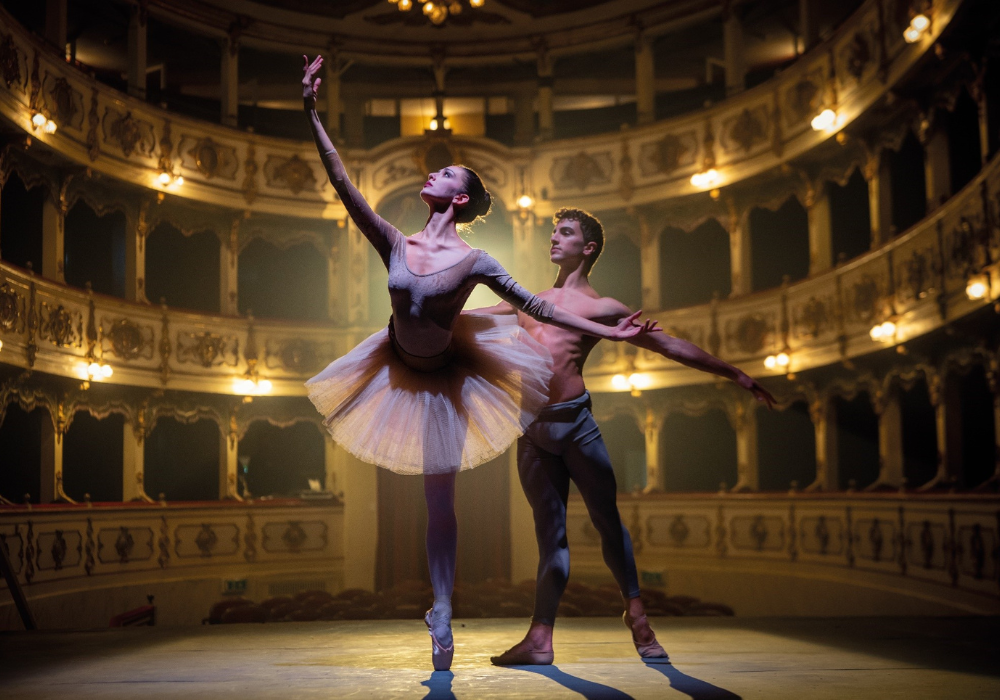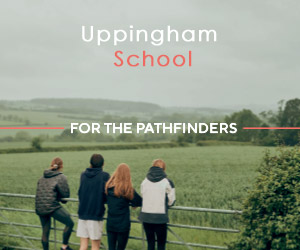
Artfully Educated
19.04.23The arts act as a way of capturing culture and the idea of what it is to be human. L-J Andrew discovers the role this important field of study plays in modern education
No matter what background, culture or class, everyone’s life is shaped and affected by the arts in one form or another. Whether it be a story from our childhood, a dance that spoke to us on an emotive level or a piece of art that we couldn’t take our eyes off, the arts are a way to encapsulate universal emotions, crystallising the intangible aspects of what it is to be human.
The appreciation of this imperative field was highlighted in the UK during the pandemic, when the government announced that the arts, culture and heritage industries would receive a world-leading £1.57 billion rescue package, with then Prime Minister, Boris Johnston explaining: “From iconic theatre and musicals, mesmerising exhibitions at our world-class galleries to gigs performed in local basement venues, the UK’s cultural industry is the beating heart of this country”. Which is why, only a year later, there was a great confusion and large-scale backlash when they announced that Arts courses are not among the official “strategic priorities” in higher education, with a funding cut from£36m to £19m proposed for 2022. According to the Office for Students, the government said subjects like music, dance, drama and performing arts, art and design, media studies and archaeology are “not among its strategic priorities”. Despite not being a priority, the arts have acount for a sizable portion of the economy, with the creative industries accounted for up to one out of 10 jobs in the UK and contributing more £23 billion a year to the UK economy, the study of the arts has so many benefits within education.
Arts education has a transformational role in empowering children and young people. Not only does studying arts and engagement in arts experiences inspire a broad range of skills, such as creativity, problem-solving, collaboration and empathy, they also build resilience, self-esteem and social skills.
The arts are important ways of knowing the world and of interpreting our experiences within it and therefore have an essential place within a broad and balanced education for children and young people whatever the social and economic circumstances of the day. Ken Robinson, author of The Arts In Schools, went as far as to say: “the omission of which would be a fundamental betrayal of the children who would benefit from all that they offer.”
Children thrive in schools where the arts are at the heart of a broad and balanced curriculum. Children who study the arts do better; they are more likely to attend university and are more employable according to research from the Cultural Learning Alliance. They also found that studying the arts can improve a young person’s cognitive abilities by up to 17% and contribute to raising young people’s attainment in Maths and English –particularly for children from low-income backgrounds.
The arts also reach students on a deeper level. Other recent educational research has produced insights into different styles of learning. This research also addresses examples of young people who were considered classroom failures, perhaps ‘acting out’ because conventional classroom practices weren’t engaging them. These ‘problem’ students of ten became the high - achievers in arts learning settings. Success in the arts became a bridge to learning and eventual success in other areas of learning.
Similarly, the arts provide new challenges for those students already considered successful. For young people who seem to have outgrown their established learning environments, the arts can offer a chance for unlimited challenges. In some situations, older students can mentor younger students and gain from the experience of working alongside professional artists.
Looking to the future, the arts can help young people by connecting learning experiences to the world of real work. The world of adult work has changed, and the arts learning experiences have shown remarkable consistency with the evolving workplace. Ideas are what matter, and the ability to generate ideas, to bring ideas to life and to communicate them is what matters to workplace success. Working in a classroom or a studio as an artist, young people are learning and practicing these future workplace behaviours. A company is a company, whether producing an opera or a breakthrough technological service.
But further than academia and work, the arts also create a culture of citizenship, tolerance, and empathy. Time and time again, research has found that children who engage in the arts are more likely to volunteer and to vote. Studies have shown that children who take part in regular arts activities show significant improvement in ‘social cohesion, cooperation and pro-social attitudes’, helping to create more well-rounded students, then adults, outside of the classroom.
The arts make us happier and healthier and equip us with essential strengths. They help us to create our own value systems and focus a child’s engagement with the world. Through studying the arts, young people cooperate with each other, think, question and collaborate; they learn teamwork, independence and leadership. The arts give children a creative outlet to explore and express their emotions, affording them ways of coping with life’s challenges. They can help in reducing stress, building resilience, raising self-esteem, and developing social skills. The arts can make a powerful contribution to a child’s health and wellbeing. Music, plays, dance, literature, visual art and film act as anchors for understanding the human experience. Many agree that we owe it to future generations to ensure they experience an education that offers them the whole of life and culture: head, heart and soul.
COPYRIGHT © Abode2 2012-2025
















